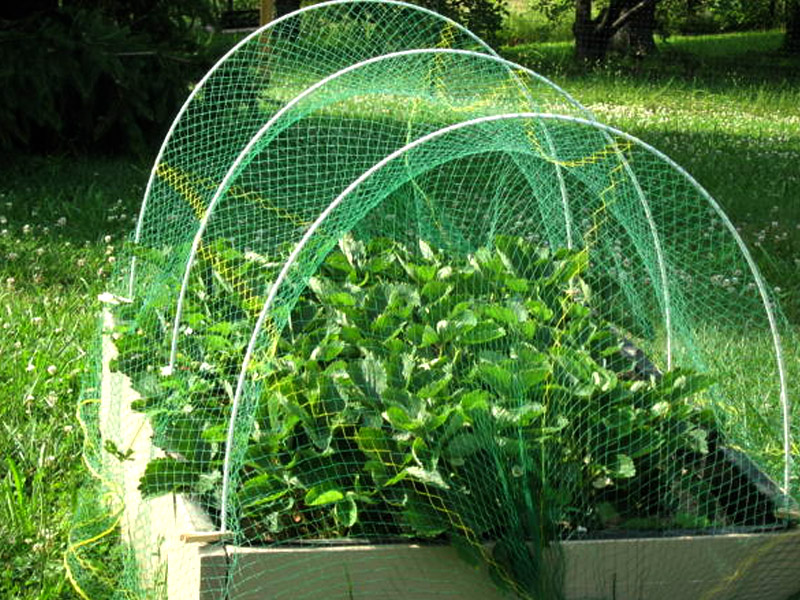Fruit cage netting is a valuable tool in orchards and g […]
Fruit cage netting is a valuable tool in orchards and gardens, providing protection to fruit trees against a variety of potential threats. Its impact on the overall health of fruit trees is multifaceted, influenced by factors such as installation, maintenance, and local environmental conditions.
One of the primary benefits of fruit cage netting lies in its ability to act as a physical barrier against pests. Birds, insects, rodents, and deer can pose significant threats to fruit crops, causing damage to both the fruit and the trees. Netting effectively prevents direct access to the fruits, reducing the risk of pecking, feeding, and gnawing by these pests. This protection translates into improved fruit quality, as the fruits are less likely to exhibit blemishes, scars, or other forms of damage that can result from pest infestations.
Moreover, the netting serves as a shield against disease spread. Insects, particularly those that feed on or bore into fruits, can carry and transmit diseases. By preventing these pests from reaching the fruits, the netting helps mitigate the risk of disease transmission within the orchard. This contributes to the overall health of fruit trees by reducing the likelihood of infections that could compromise their vitality and productivity.
Fruit cage netting can also have a positive impact on yield. With a decrease in pest-related damage, more fruits are likely to reach maturity, leading to a more abundant harvest. This increased yield not only benefits the orchard economically but also supports the overall health of the trees by promoting their reproductive success.
However, there are potential negative impacts associated with the use of fruit cage netting that require careful consideration. One notable factor is the alteration of the microclimate around the trees. Netting, especially if dense or improperly installed, can affect factors such as air circulation, temperature, and humidity. These changes may create conditions conducive to the development of certain diseases. Adequate ventilation is crucial for preventing issues like mold or fungal diseases that thrive in stagnant or humid environments.
Sunlight reduction is another consideration. Fruit trees depend on sunlight for photosynthesis, a vital process for their growth and development. If the netting is too dense or blocks too much sunlight, it may negatively affect the overall health of the trees. Striking a balance between protection and sunlight penetration is essential for optimal orchard health.
Maintenance practices also play a pivotal role in determining the impact of netting on fruit trees. Regular inspections for tears, holes, and other forms of damage are necessary. Prompt repairs are essential to ensure the ongoing effectiveness of the netting in protecting against pests and diseases. Neglecting maintenance can lead to the accumulation of debris on the netting, creating potential breeding grounds for pests and further compromising the health of the orchard.



 WhatsApp:+8613626888261
WhatsApp:+8613626888261